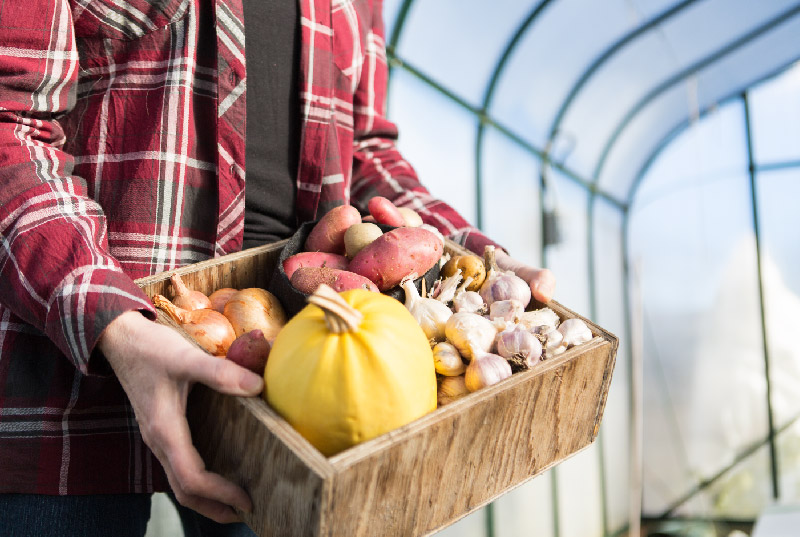
I help gardeners grow
& beginners blossom.
No seed left behind,
no soil unturned.
Together we can have lots of fun growing
great gardens using simple practical tips.
- Featured in -





Start saving & storing your garden seeds for a more more sustainable future
SIGN UP to get the FREE Seed packet PDF
X CLOSE
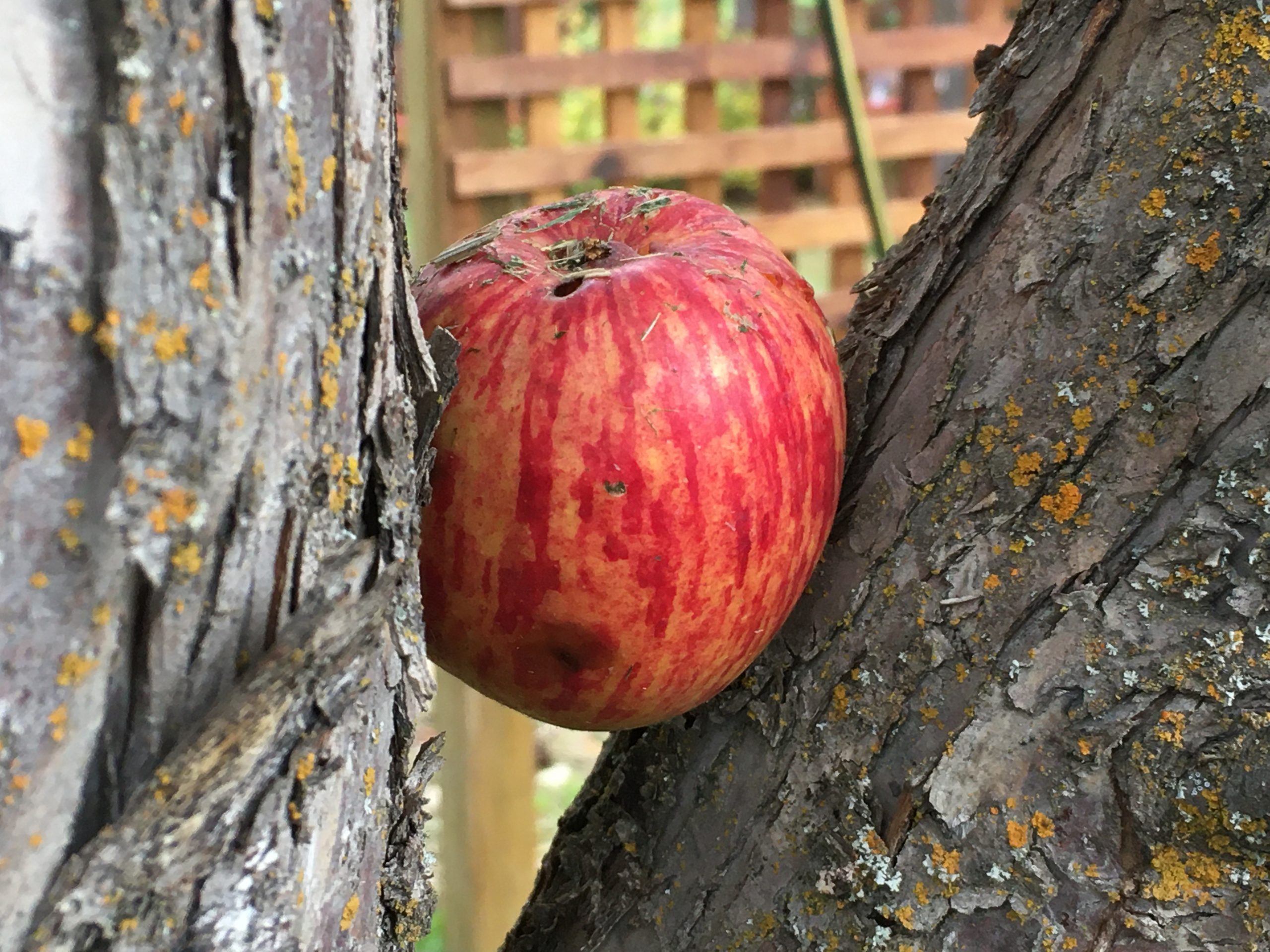
TREE FALL CARE: Simpler than you think

Watering plants hydrates them the way having a glass of water hydrates us. In late fall roots of trees shed their fungal roots – the mycelium necessary to take in nutrients and water – so it is better to water in trees well before the ground freezes solid and the fungal roots fall away.

Groups of trees and landscape mulched with compost or wood break the impact of rains and continue to add nutrients to soil as long as it is soil is thawed.
In zones with clay soil, like Calgary, Kevin’s advice is fantastic. But I have moved to the land of milk and honey and sadly I have sandy soil and long damp winters. Watering in the fall on Vancouver Island is crazy. First it rains here all fall and second, the water runs right through the sand and brings all the water soluble nutrients with it. I have pure white sand. So anything added in the fall – like commercial fertilizer or water, just runs right through and into the water table below.
I initially hesitated to add compost in the fall because the water available nutrients contained in it will also be lost in the rains. But the truth is either mulch or compost add a vital benefit to soil. They help with water splash and decrease destruction of soil particles. Water splash and soil degradation is a problem on soils of all kinds. Heavy rains pounding the naked soil, break down the soil structure. Yes, you might lose water soluble nutrients from compost during fall and winter rains but if the compost has a healthy microbial population the life will remain active with the winter rains and – unless the soil freezes solid- they will continue multiplying and adding nutrients to the soil.

Mushrooms appear in garden and under trees after fall rains. They are part of the soil microbiology and indicate a healthy, microbe-rich soil is present. Photo by Donna Balzer of the poisonous mushroom
Mushrooms on the lawn in fall are proof you have microbes in your soil. These mushroom “blooms” are just a small percentage of the overall life underground and in fall they are the part that pops up overnight, matures and spread spores to spread the species. The other thing microbes and compost do for soil is they provide a sponge layer for the holding of water.
If rain falls on bare soil it often runs off and takes a lot of the soil with it. If rain falls on soil with compost or wood mulch, it takes longer to work its way through the layers and the big sponge your soil has become holds moisture where the trees and other plants can draw from it in the time it takes to slowly leach out.

Saving leaves to add to soil in fall is a type of mulch you can get for free. Leaves protect soil structure and as the leaves break down they add nutrients to the soil.
Donna Balzer is the Brand Ambassador for BCGreenhouse Builders and she has two greenhouses in her big backyard.

What Would Donna Do?
Get my growing and gardening tips and pointers throughout the season.





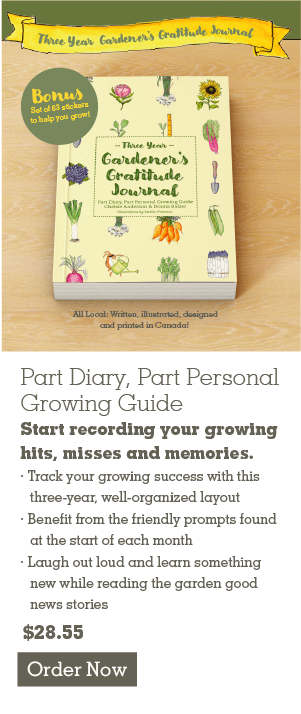





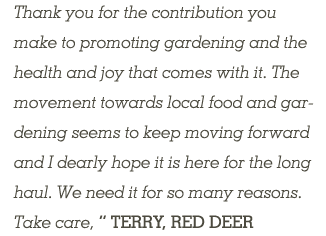
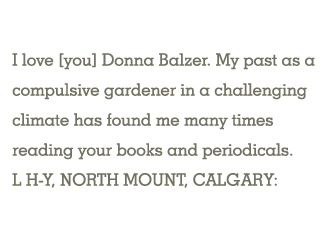
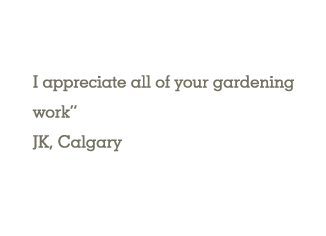
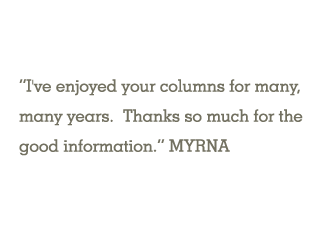
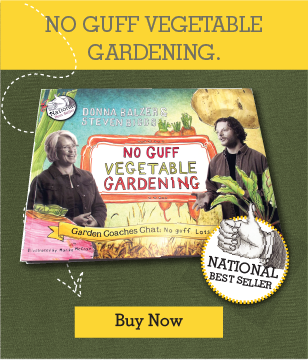
0 Comments